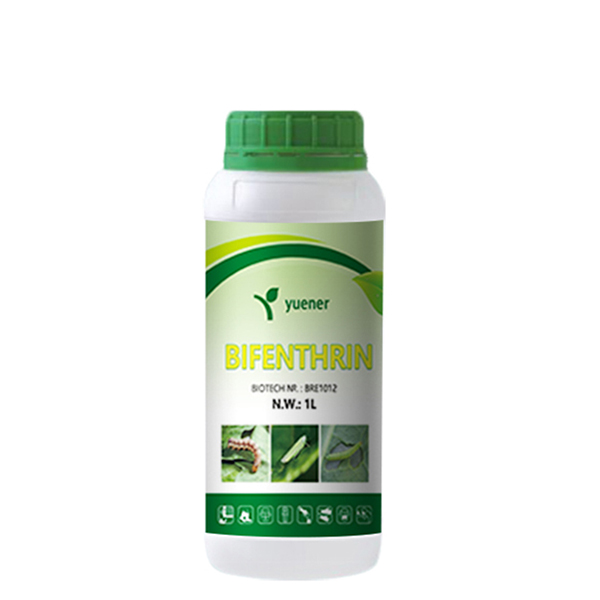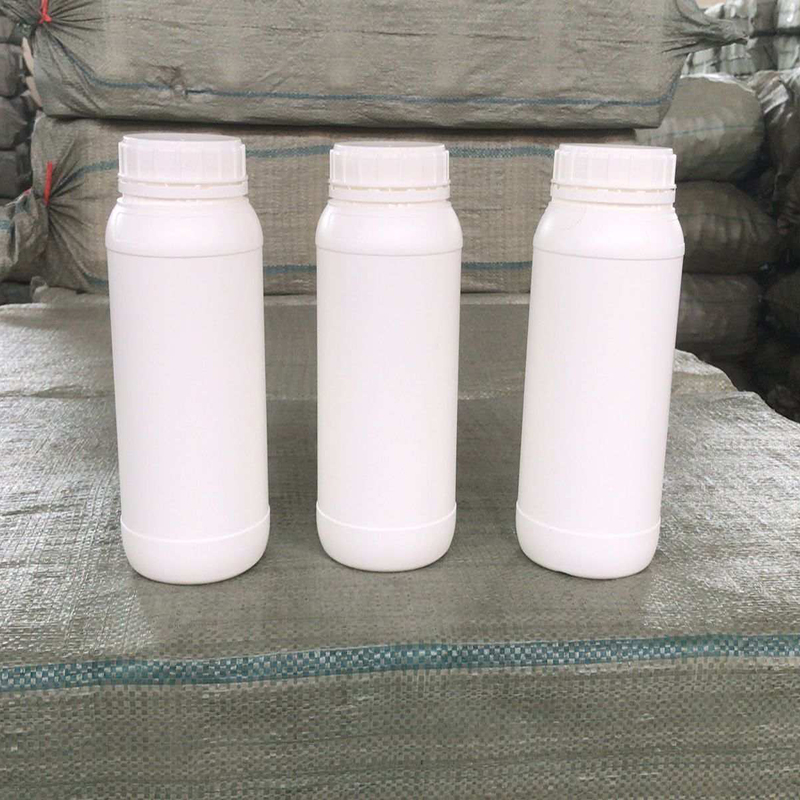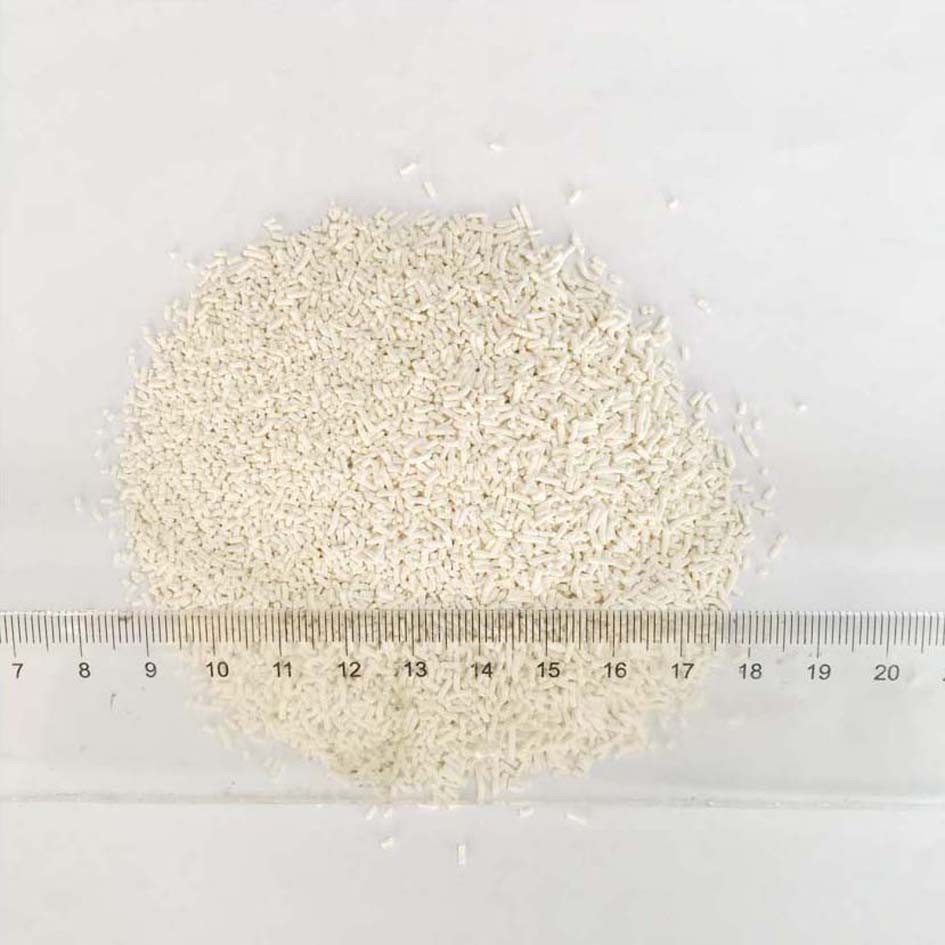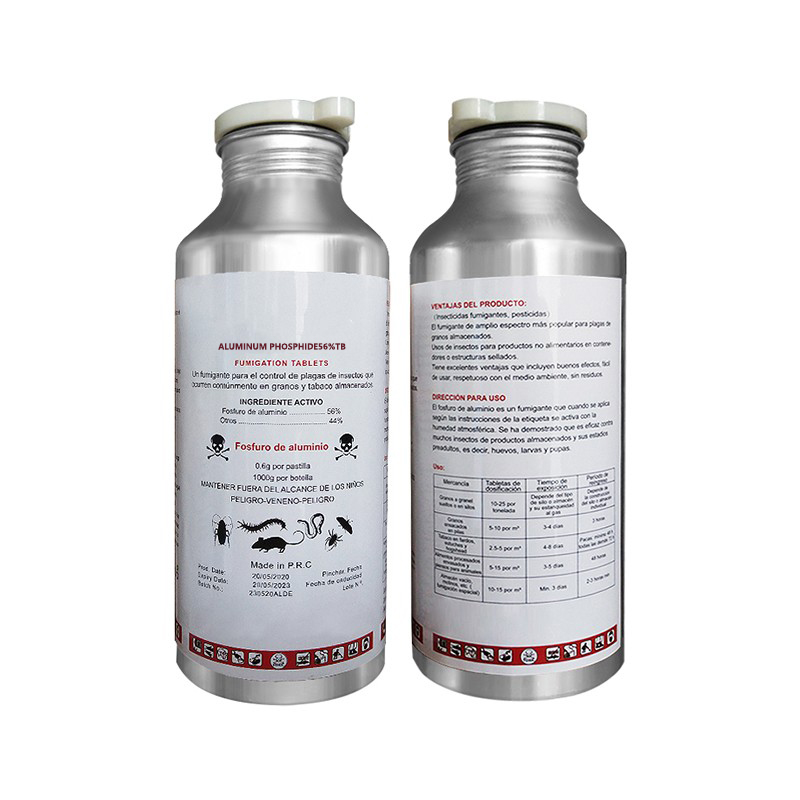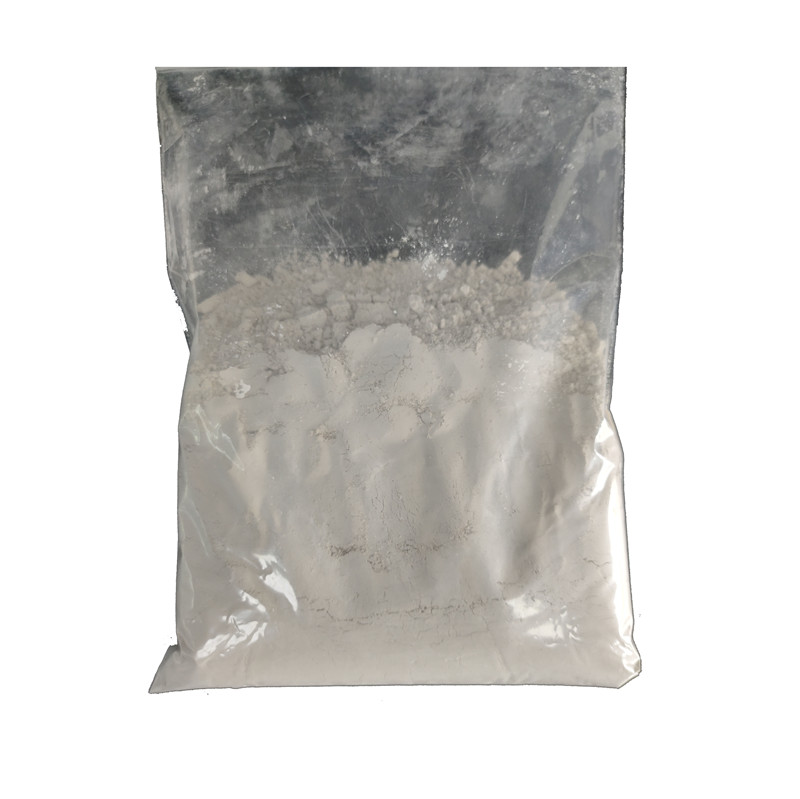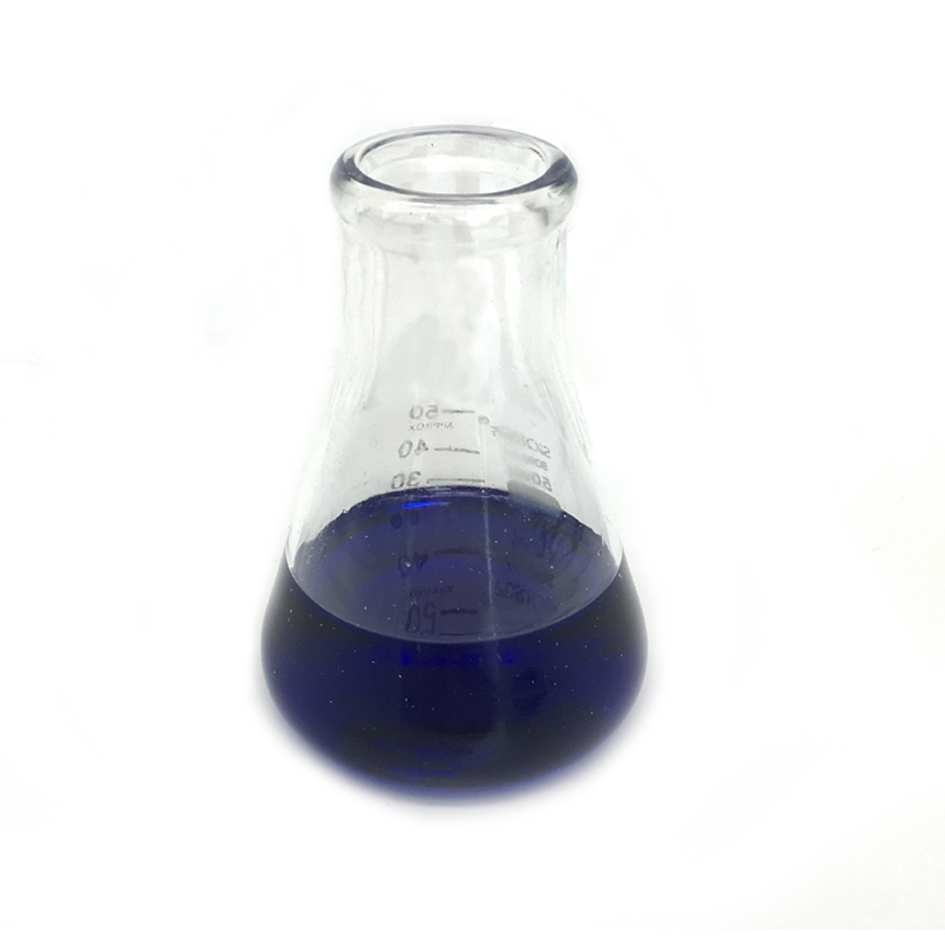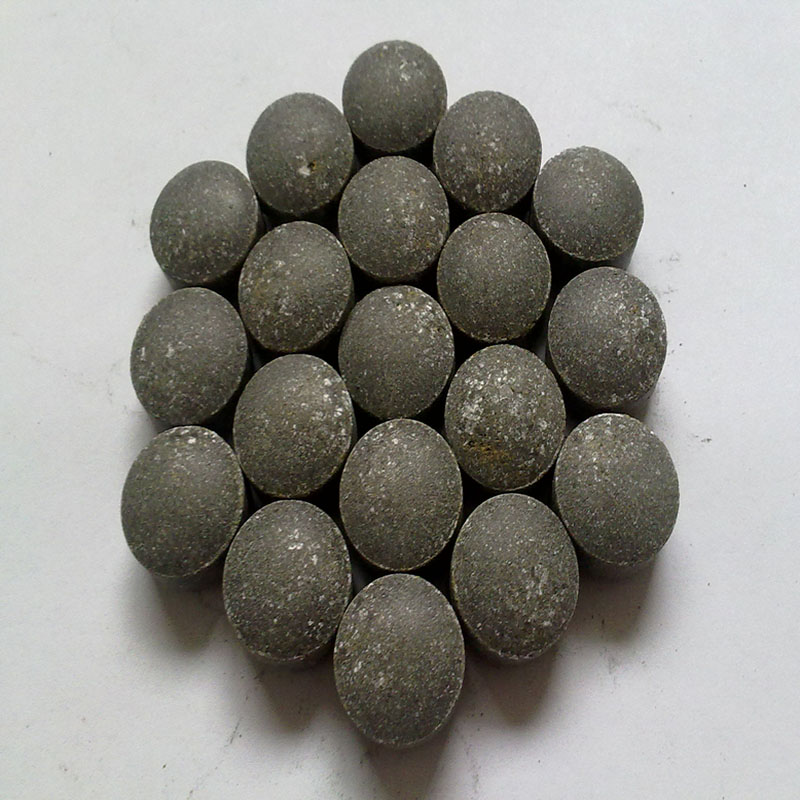Agriculture quality agrochemicals insecticide Bifenthrin powder 95%TC 96%TC 2.5%EC 10%EC
1.Introduction
Bifenthrin has contact and stomach toxicity to pests; But it has no effect of internal absorption and fumigation; Broad insecticidal spectrum and rapid action; It does not move in the soil, which is relatively safe for the environment and has a long residual effect period. It is suitable for cotton, fruit trees, vegetables, tea and other crops to control Lepidoptera larvae, whiteflies, aphids, leaf miner, leaf cicada, leaf mites and other pests and mites. Especially when pests and mites are concurrent, it can save time and medicine.
| Product name | Bifenthrin |
| Other names | Bifenthrin,Brookade |
| Formulation and dosage | 95%TC,96%TC,10%EC,2.5%EC,5%SC,25%EC |
| CAS No. | 82657-04-3 |
| Molecular formula | C23H22ClF3O2 |
| Type | Insecticide,acaricide |
| Toxicity | middle toxic |
| Shelf life
|
2-3 years proper storage |
| sample | Free sample available |
| Place of origin: | Hebei, China |
| Mixed formulations | Bifenthrin 14.5% + thiamethoxam 20.5% SC
Bifenthrin 100g/L + imidacloprid 100g/L SC |
2.Application
2.1 To kill what pests?
Control more than 20 kinds of pests, such as cotton bollworm, cotton red spider, peach small heartworm, pear small heartworm, hawthorn leaf mite, citrus red spider, yellow spot bug, tea wing bug, vegetable aphid, cabbage caterpillar, Plutella xylostella, eggplant red spider, tea fine moth, greenhouse whitefly, tea inchworm and tea caterpillar.
2.2 To be used on what crops?
It can kill both insects and mites, and has a good control effect on cotton, vegetables, fruit trees, tea trees and other pests
2.3 Dosage and usage
1. For cotton, cotton spider mite and citrus leaf miner and other pests, during the egg hatching or hatching period, during the occurrence period of the mites, spray the plants with 1000-1500 times of liquid solution and 16 liters of manual sprayers.
2. The occurrence period of nymphs, whitefly, red spider and other nymphs on vegetables such as Cruciferae, cucurbits and other vegetables were sprayed with 1000-1500 times of liquid medicine.
3. Inchworm on the tea tree, small green leafhopper, tea caterpillar, and black whitefly, were sprayed with 1000-1500 times of liquid spray in the 2-3 instar young and nymph stage.
4. For the registered crops not indicated on the products, a small-scale test shall be carried out first. For the green part of some Cucurbitaceae crops, it shall be popularized after it is determined that the test has no drug damage and good results.
3.Features and effect
1. The product is highly toxic to fish, shrimp and bees. When using it, keep away from the bee breeding area and do not pour the residual liquid into the pond fish pond.
2. In view of the frequent use of pyrethroid pesticides will make pests resistant to drugs, it is necessary to use them alternately with other pesticides to delay the production of drug resistance. It is proposed to use them once or twice a season.



